What is an Air Purifier?
An air purifier is a device designed to improve indoor air quality by removing contaminants and pollutants from the air. These devices are particularly beneficial for individuals suffering from allergies, asthma, or other respiratory issues, as they help to create a healthier living environment. The primary function of an air purifier is to filter out harmful particles, including allergens such as dust mites, pet dander, pollen, and mold spores, along with smoke, volatile organic compounds (VOCs), and other airborne pollutants.
Air purifiers employ various technologies to achieve optimal air cleaning results. One common technology is the High-Efficiency Particulate Air (HEPA) filter, which can capture up to 99.97% of particles measuring 0.3 microns in diameter. This makes HEPA filters highly effective in trapping allergens and other microscopic particles. Another prevalent technology is activated carbon filters, which specifically target odors and gaseous pollutants by adsorbing them onto the surface of the carbon material.
Many modern air purifiers also incorporate UV light technology, which utilizes ultraviolet radiation to neutralize bacteria, viruses, and molds present in the air. This feature can be particularly advantageous in environments where biological contaminants are a concern. In addition to these primary technologies, air purifiers may include features such as air quality sensors, timers, and multiple fan speeds, allowing users to customize their air purification experience based on their specific needs.
Overall, air purifiers play a crucial role in enhancing indoor air quality by effectively removing airborne pollutants, thereby contributing to a cleaner and healthier living space. Understanding the various types and functionalities of air purifiers is essential when selecting the right one for your home or workplace.
Understanding Ozone Generators
Ozone generators are devices designed to produce ozone (O3), a molecule composed of three oxygen atoms. Primarily known for their ability to purify air and neutralize unpleasant odors, ozone generators have various applications across residential and industrial settings. The fundamental science behind ozone lies in its structure, which allows it to act as a powerful oxidizing agent. This characteristic enables ozone to react with a wide range of airborne contaminants, including pathogens, volatile organic compounds (VOCs), and other pollutants, effectively breaking them down and rendering them harmless.
The operation of ozone generators typically involves the use of electrical discharges or ultraviolet light to split oxygen molecules (O2) into individual atoms. These atoms can then combine with other oxygen molecules to form ozone. The device is often set to run for specific durations, depending on the size of the area being treated and the level of contamination present. It is important to note that while ozone can effectively eliminate odor-causing bacteria and allergens, it should be used with caution, as high concentrations of ozone can pose health risks to humans and pets.
In residential applications, ozone generators are commonly employed for odor removal in spaces such as kitchens, basements, and vehicles. They can effectively neutralize smells from smoke, pets, and mold. In industrial settings, ozone generators are utilized for water purification, as ozone has been shown to be effective in disinfecting and breaking down harmful substances in water supplies. Furthermore, ozone is also applied in food processing and preservation, where it helps inhibit microbial growth, thus extending shelf life. Overall, ozone generators serve valuable functions in both maintaining air quality and improving overall sanitation across various environments.
Comparing Air Purifiers and Ozone Generators
In recent years, air purifiers and ozone generators have gained popularity as solutions for improving indoor air quality. However, understanding the key differences between these two devices is crucial for selecting the right one for your needs.
Air purifiers utilize various filtration systems, including HEPA filters, activated carbon filters, and UV light, to remove contaminants such as dust, pollen, smoke, and pet dander from the air. They are generally effective at reducing allergens and particulate matter, making them an excellent choice for individuals suffering from allergies or respiratory conditions. Additionally, air purifiers operate quietly and can be used safely around pets and children, ensuring peace of mind.
On the other hand, ozone generators work by intentionally producing ozone, a molecule consisting of three oxygen atoms, to eliminate odors and certain pollutants. While ozone can neutralize odors and kill some bacteria and viruses, it poses significant health risks when inhaled. Ozone exposure can lead to respiratory irritation, exacerbation of asthma, and other health problems. Consequently, safety concerns surrounding ozone use often outweigh its benefits, especially in occupied spaces.
When considering an air purification solution, it is essential to assess your specific air quality needs. If the primary goal is to reduce allergens and improve overall air quality safely, an air purifier is likely the better option. Conversely, if dealing with persistent odors in a space that will not be occupied during the treatment process, an ozone generator may be appropriate, assuming that the area is thoroughly ventilated after use.
Ultimately, understanding the differences between air purifiers and ozone generators can empower consumers to make informed decisions based on effectiveness, safety, and specific air quality needs. By aligning the choice of device with individual circumstances, one can better achieve optimal indoor air quality.
Health Effects of Ozone: What You Need to Know
Ozone, a naturally occurring gas composed of three oxygen atoms, is often used in various applications, including air purification and odor removal. However, exposure to elevated levels of ozone, particularly indoors, can have significant health implications. While some proponents of ozone generators claim benefits such as reduced airborne pollutants and improved air quality, it is essential to consider the potential drawbacks associated with ozone exposure.
One of the primary concerns regarding ozone is its irritating effects on the respiratory system. Studies indicate that even low levels of ozone can exacerbate asthma, lead to respiratory issues, and aggravate pre-existing lung conditions. Individuals with sensitive respiratory systems, children, and the elderly are particularly vulnerable, as they may experience symptoms like coughing, throat irritation, and shortness of breath when exposed to elevated ozone levels. Therefore, an understanding of ceiling levels of ozone is crucial, especially in residential and workplace environments.
According to the Environmental Protection Agency (EPA), the recommended safe ozone level for indoor environments should not exceed 0.05 parts per million (ppm). Maintaining safe ozone levels requires monitoring and controlling the usage of ozone generators. The deliberate production of ozone for air purification should be approached with caution, ensuring that it does not lead to unintended health risks. It is vital for users of ozone generators to adhere strictly to safety guidelines, including adequate ventilation and usage limits. Awareness of the potential negative impacts of ozone exposure can help in making informed decisions regarding which air purification methods to utilize.
In conclusion, while ozone generators may offer some benefits for air purification, careful consideration of the associated health risks is paramount. Understanding the delicate balance between hygiene and safety can facilitate better choices for maintaining a healthy indoor environment.
Choosing the Right Air Quality Solution for Your Needs
When navigating the myriad options available for improving indoor air quality, it is essential to evaluate your specific circumstances and preferences. Begin by assessing the air quality issues prevalent in your environment. Common challenges include allergens, dust, pet dander, smoke, and volatile organic compounds (VOCs). Identifying these concerns will help tailor your search for the most suitable air quality solution, whether it be an air purifier or an ozone generator.
Next, consider the health implications associated with poor air quality. For individuals sensitive to allergens or respiratory problems, air purifiers equipped with HEPA filters may be the most effective choice. These devices excel at capturing particulate matter, thereby reducing the risk of allergic reactions and respiratory distress. Alternatively, ozone generators, while effective in neutralizing odors and certain pollutants, can produce ozone levels that may be harmful in occupied spaces, necessitating careful consideration of their use.
Another crucial factor is the size of the area that requires purification. Air purifiers come in various capacities, tailored to accommodate different room sizes. When selecting a unit, ensure that its Clean Air Delivery Rate (CADR) is appropriate for your specific space. Budget also plays a vital role in your decision-making process. While high-end models often provide advanced features and superior performance, there are affordable options available that still offer significant improvements in air quality.
Personal preferences, such as noise levels and design aesthetics, should also be factored into your selection. Maintenance requirements and the longevity of filters or the unit itself are important considerations. Regular maintenance will enhance the performance and lifespan of your air quality solution, whether it’s an air purifier or an ozone generator. By diligently evaluating these aspects, you will be equipped to select the air quality solution that best meets your needs. In summary, a well-informed decision will significantly improve your indoor environment.
| Air Purifier Brand Name | Blueair, Coway, Dyson, Honeywell, Kent, Levoit, Mi (Xiaomi), Philips, Samsung, Sharp |
|---|---|
| Technician Type | With Technician, Without Technician |
Only logged in customers who have purchased this product may leave a review.
Related products
-
Air Purifier Parts
Air Purifier UV Light
₹6,500.00 – ₹7,100.00 Select options This product has multiple variants. The options may be chosen on the product pageRated 0 out of 5 -
Air Purifier Parts
Air Purifier Filter Replacement Kit
₹6,500.00 – ₹7,100.00 Select options This product has multiple variants. The options may be chosen on the product pageRated 0 out of 5 -
Air Purifier Parts
Air Purifier Ionizer
₹3,900.00 – ₹4,500.00 Select options This product has multiple variants. The options may be chosen on the product pageRated 0 out of 5 -
Air Purifier Parts
Air Purifier Fan Motor
₹3,900.00 – ₹4,500.00 Select options This product has multiple variants. The options may be chosen on the product pageRated 0 out of 5

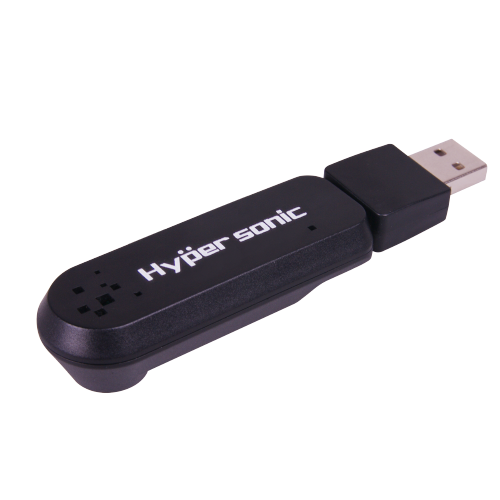
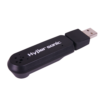
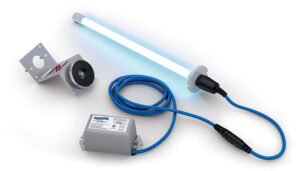
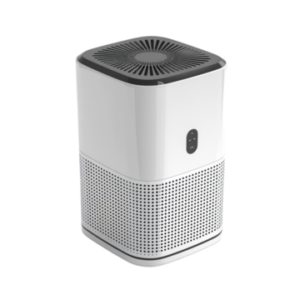
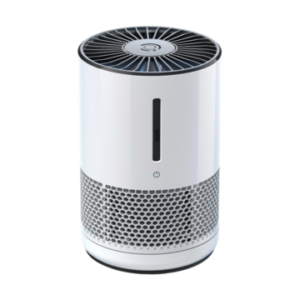
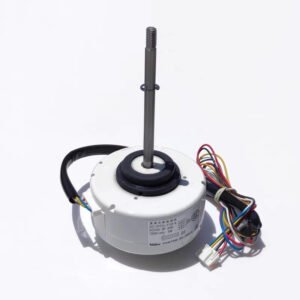
Reviews
There are no reviews yet.